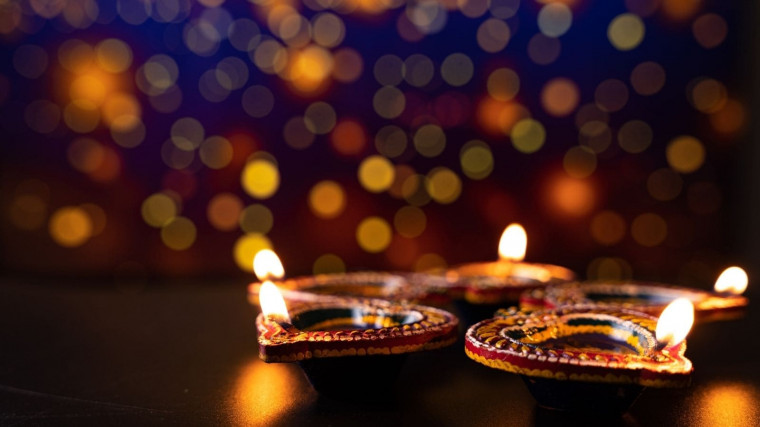As one of the major cultural festivals in Singapore, Deepavali (also known as Diwali or the Festival of Lights) is a celebration that marks the triumph of good over evil.
It’s when thousands of Hindu families, in our country and across the world, transform their homes into beacons of light and share feasts with families and friends.
I’ll always remember the breakfasts my mum would make when I was a young boy – thosai with chicken curry that we’ll wolf down before putting on our new clothes. I also remember Deepavali for the shopping! It is the norm to wear new clothes on the day of celebration as it marks respect and excitement for the festival.
I guess that’s why it’s a common misconception in Singapore for my non-Indian friends to wish us a “Happy New Year” on that day. Deepavali isn’t the Hindu new year. In fact, Puthandu, as it is called, falls on Apr 14 every year, which coincides with the famous Thai water festival Songkran.
It’s hard not to notice a Hindu home during Deepavali, especially back in my kampung days. Each doorway would boast a rangoli – a beautiful, vividly-coloured artwork created out of flour, rice or flower petals – which blesses the household for the year ahead.
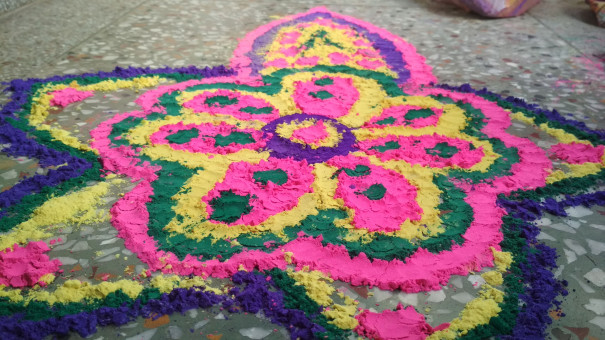
In primary school, our children are taught and tested on the importance and significance of many of our cultural festivities. I daresay that they would celebrate them with as much enthusiasm as any child would have for any day that they didn’t have to go to school!
But is there more to racial harmony than just finding out how friends from different cultures celebrate their special days? For example, do our kids know that Indians in Singapore consist of a range of different groups including Tamils and Malayalees, or that being an Indian in Singapore doesn’t automatically make you a Hindu?
For that matter, do our non-Chinese Singaporean friends know the significance and importance of Qingming? Or do non-Malays immediately know the difference between Hari Raya Puasa and Hari Raya Haji without having to Google it?
Back in the 80s, without the distractions of social media (and Netflix!), I spent the majority of my growing-up years in the company of my kampung kakis. And it is with this band of multi-racial brothers that I found out, firsthand, with no textbook or search engine in sight, how it is to grow up in a multicultural society.
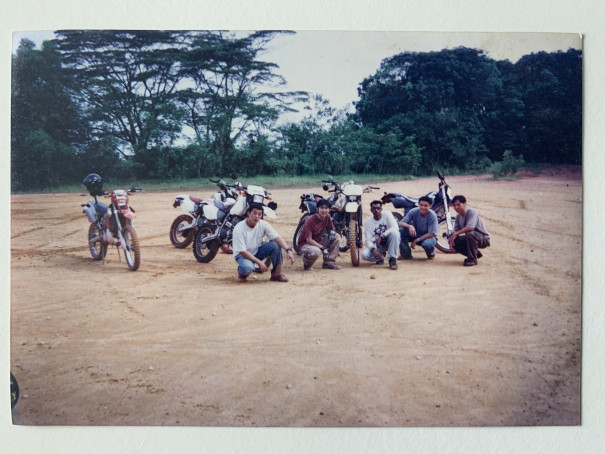
James
I got to know James from a schoolmate. James was from a different secondary school but we connected as he lived in my neighbourhood.
James had his own room and a computer (back in the 80s, having an XT, a 286 or gasp a 386! made you a king among mortals) and that was one of the reasons we always ended at his place to play computer games (helloooo Lode Runner!).
Often, I would help James with his homework and his parents always rewarded me by inviting me to stay for dinner. With them, I had my first steamboat, my first bak kut teh and my first (and last) century egg – I did not enjoy that one!
His family, who were Taoists, had ancestral tablets with their forefathers’ names inscribed on them on an altar that you cannot miss the moment you step into his home. I learnt that filial piety and ancestral worship were very important to his family.
I also learned about Qingming, a day to remember the dead. Along with many Taoists in Singapore, every April 4 or 5, James and his family would visit the tombs of their ancestors and clean the gravesite as a mark of respect.
Taoists also believe that on the 15th day of the 7th lunar month, spirits leave the netherworld to roam the world. Because of this belief, many folks will pray to the wandering spirits and lost souls on this day and over time it has become the Chinese tradition and festival (getai and all) that we all know today – The Hungry Ghost Festival.
I remember how during that month, James will hardly go out at night!
I enjoyed my time with James and his family and still fondly remember the experiences I had with them and the education they left with me.
Imran
I got to know Imran in my secondary school days. He was from an older cohort and we became good friends as we both played rugby and football together.
Imran stayed across the school and always invited a few of us over. One thing I loved going to Imran’s place for was the food! I love spicy food and his grandmother cooked the best – not only tasting but also looking – dishes!
It was at Imran’s that I learned about sambal – not just sambal but its variations.
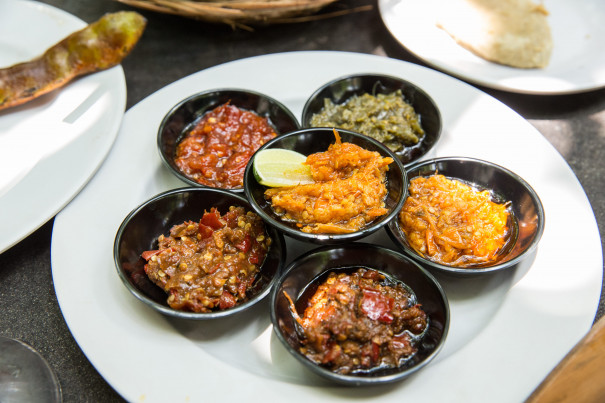
Let’s start with sambal tumis, this sambal is a staple for many of us because it’s the perfect condiment for nasi lemak. But Imran’s grandmother will say “if it looks bright red, then it is not sambal tumis. It’s probably sambal belachan”.
Belachan is the perfect accompaniment for rice dishes. Then there is also sambal hijau, and sambal kicap which many of us will remember growing up eating with sour mangoes and guava.
I also learned the importance of and the differences between Hari Raya Puasa and Hari Raya Haji. On Hari Raya Puasa, Muslims visit relatives and friends for a day of feasting. On Hari Raya Haji, a korban (sacrifice) is performed.
Hari Raya Puasa is celebrated at the end of the Ramadan fasting month and Hari Raya Haji is celebrated at the end of the hajj (pilgrimage) 70 days after Ramadan – every able-bodied and financially able Muslim is obliged to make the pilgrimage to Mecca at least once in their life.
At Imran’s, Hari Raya Puasa was always a feast to remember.
Other stories you might like
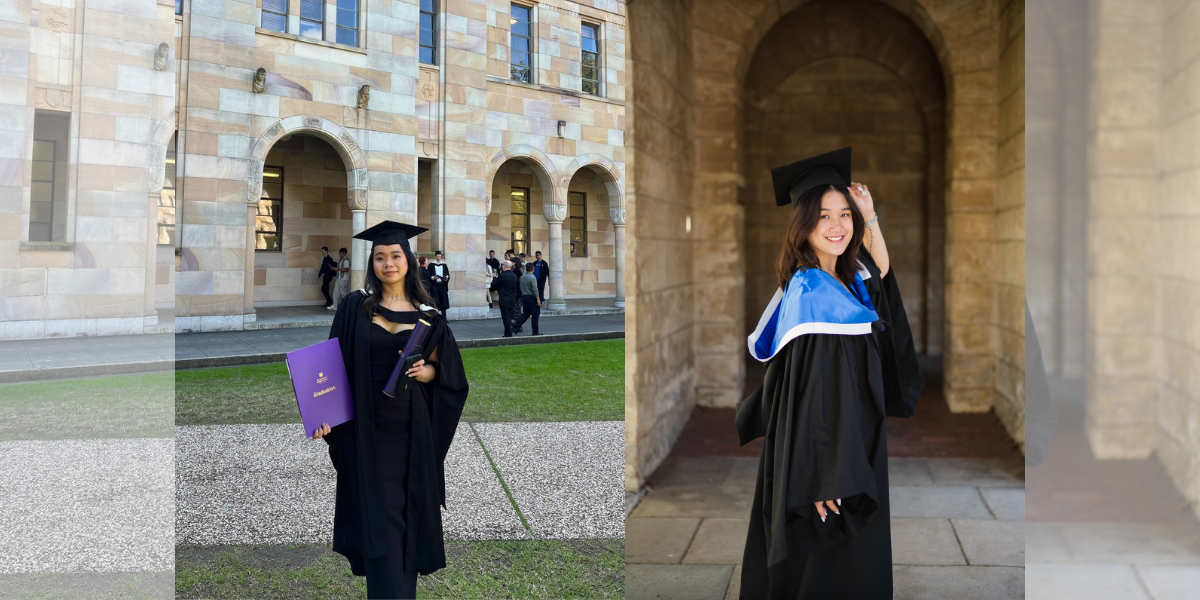
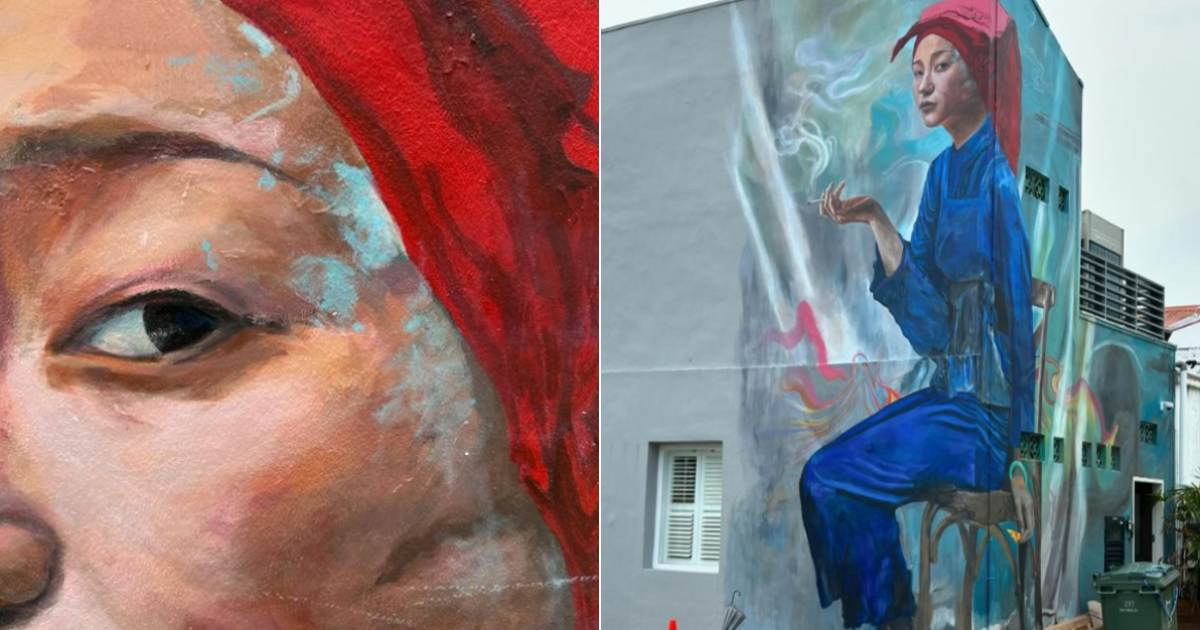
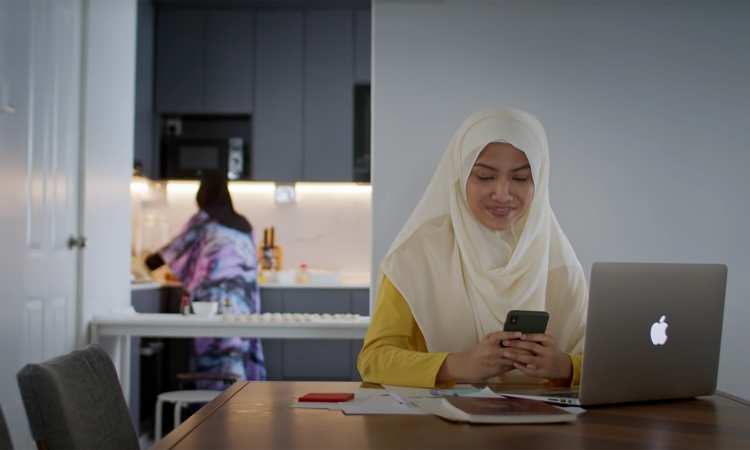
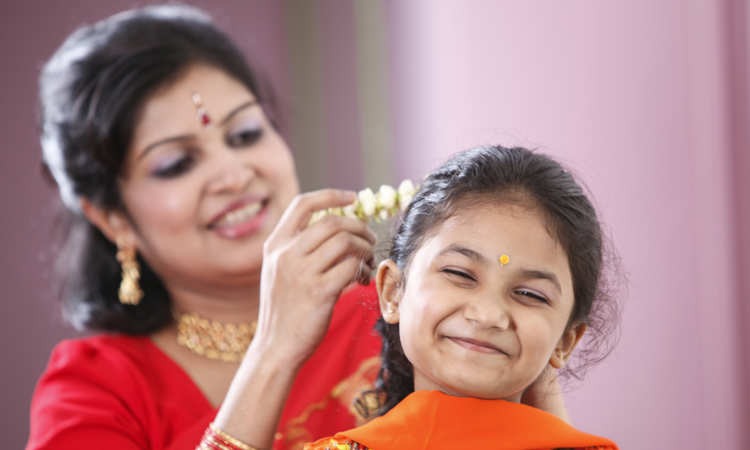
Rodney
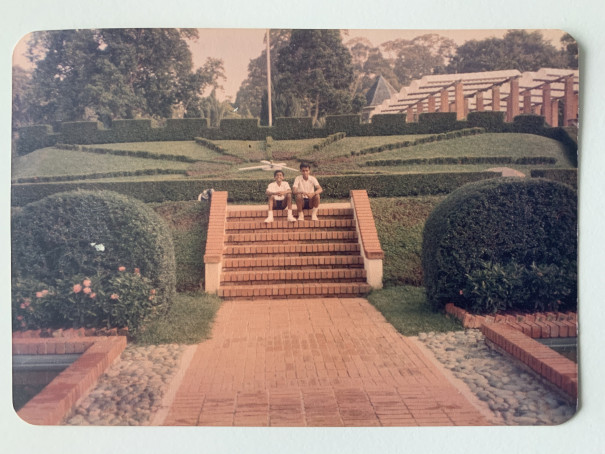
During my primary school days (oh those primary school days!), I made my first best friend, Rodney Oliveiro. Rodney was taller and bigger than most boys in my cohort and he was a big brother to all of us.
We were in the same class from Primary 3 to 6 and became best buds. I remember having this very tangy meat curry, which I later found out was called devil’s curry, at Rodney’s place during a Christmas gathering. Devil’s curry is a spicy, tangy meat curry, usually made with chicken, that’s flavoured with vinegar.
While often cooked throughout the year, it is traditionally served at festive occasions celebrated by Eurasian communities, often complete with alcohol and someone’s brother or uncle strumming a guitar. Without Rodney, I would have missed out savoring this homemade delicacy and experiencing that warm hospitality at that young age.
Growing up, I had several Eurasian friends who were mostly Catholics.
It was from them that I learnt about the significance of Lent. It is a period of 40 days immediately before Easter, which Christians celebrate as the resurrection of Jesus after his death on the cross.
Lent marks a time of sombre reflection for Catholics to renew their commitment to Christ. During this time, Catholics practise abstinence, including avoiding eating meat on certain days.
It’s a big difference from another Christian holiday, Christmas, which doesn’t really need an introduction since it has always been widely celebrated in most countries around the world. After all, coming at the end of the year, with school holidays and bonuses, what’s not to celebrate?
The festival of lights
In northern India, Hindus celebrate the story of King Rama’s return to Ayodhya after he defeated Ravana by lighting rows of clay lamps. In southern India, Deepavali is the day that Lord Krishna defeated the demon Narakasura. In western India, the festival marks the day that Lord Vishnu, the Preserver, sent the demon King Bali to rule the nether world.
Hindus interpret the Deepavali story based upon where they live. But there’s one common theme that goes through it all. No matter where people celebrate Deepavali, it is about the triumph and the victory of good over evil.
This Deepavali, let’s make an effort to understand, accept and embrace our cultures. In Singapore, we have made great strides in building a multicultural society where our children can play together, regardless of race or religion.
For that to continue, it’s important to have racial understanding and it should continue outside the classroom. Like me, I hope everyone can find their Jameses, Imrans and Rodneys. I am so glad that I had them growing up.
Happy Deepavali to all Hindus and fellow Singaporeans celebrating the festival!
Watch this episode of ‘Be Kind, Be Happy’ hosted by Dr. William Wan and Moses Lim with their special guest Das to unravel the meaning of Deepavali and get a glimpse into how it is being celebrated!
